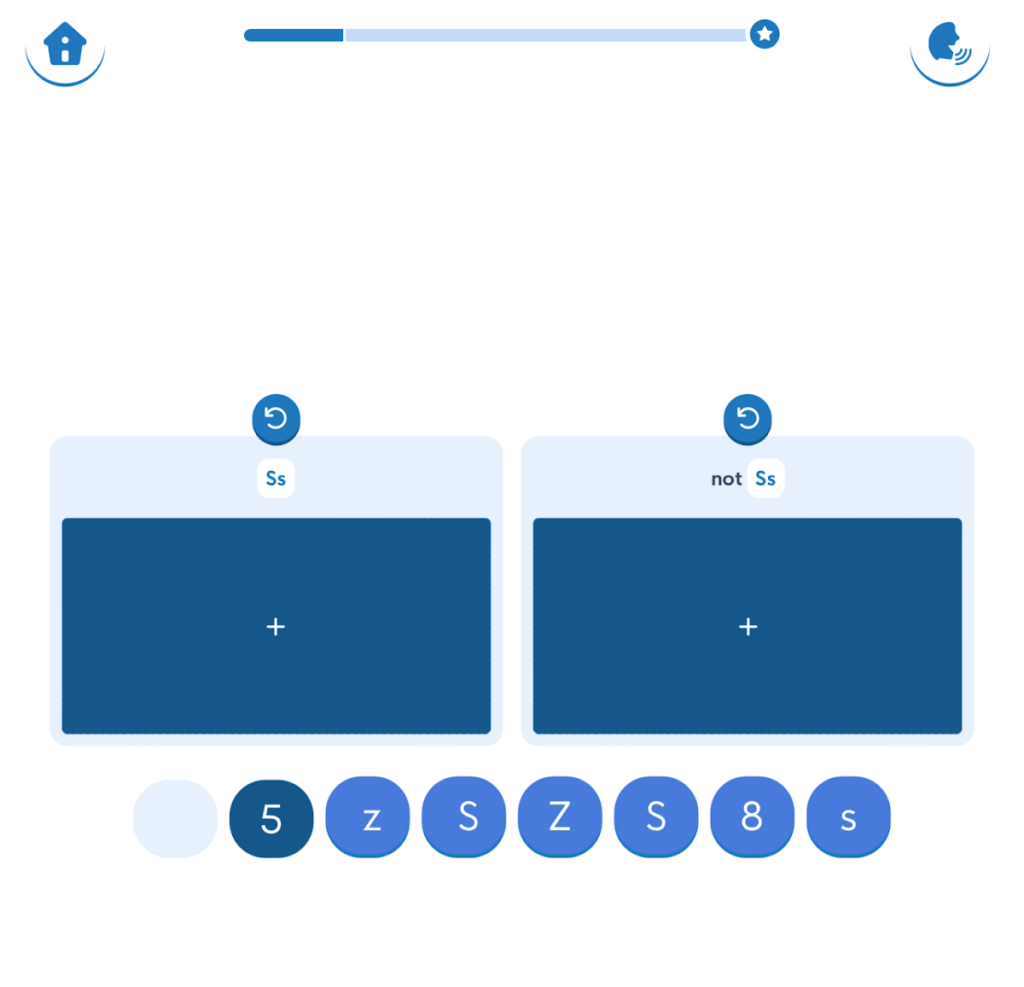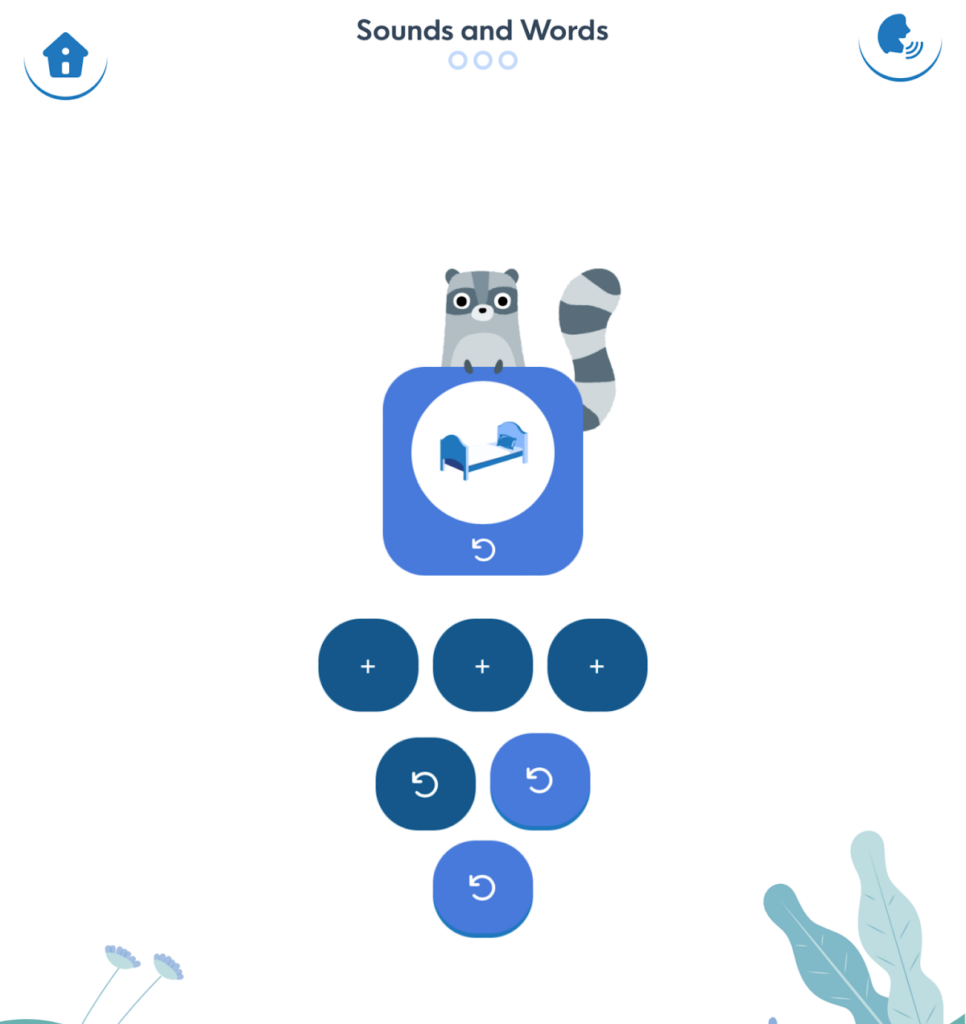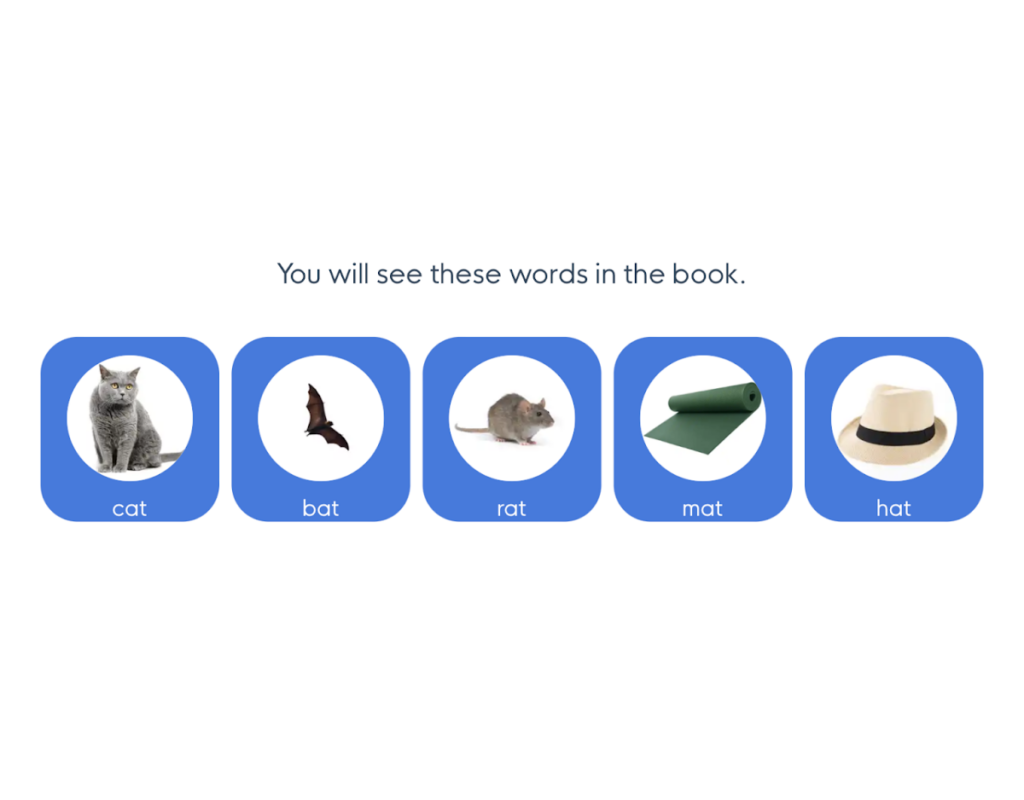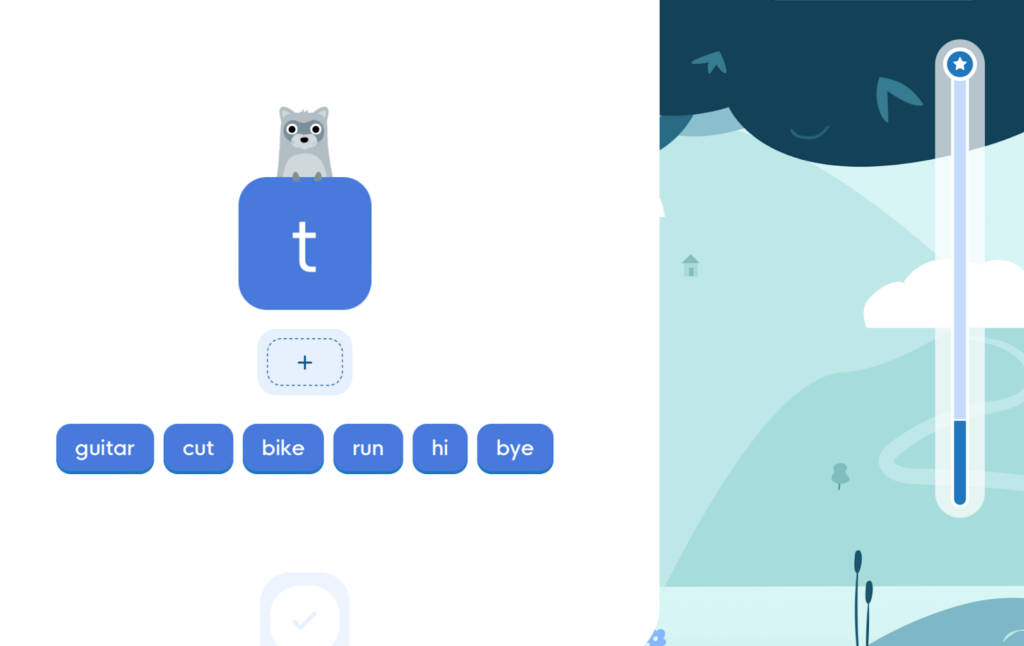Lalilo App Review
At Phonics.org, our goal is to provide educational reviews that empower you to make informed decisions for your child or student’s literacy learning.
Discover the benefits and drawbacks of the Lalilo app in this review!
What is Lalilo?
Lalilo is a literacy software program intended for K-2 students and teachers. The program offers interactive lessons and exercises aligned with various literacy goals.
It includes practice with:
- Phonological awareness
- Sight and high-frequency words
- Letter and word recognition
- Fluency
- Vocabulary
- Grammar and conventions
- Comprehension
Lalilo’s student platform offers individualized, and adaptive, and self-paced exercises with AI technology ensuring appropriate content levels and feedback. The teacher dashboard facilitates data analysis, progress tracking, and lesson planning based on student needs and input.
Positive Aspects of the Lalilo App for Reading
Here are several positive features of Lalilo worth noting.
Sequential and Systematic Lessons
In the Lalilo app, lessons are structured systematically. This aligns with recommended educational practices. The program presents a clear and comprehensive scope and sequence and implementation guide, complete with hyperlinks to sample lessons for easy reference. Each lesson is designed in a step-by-step format, simplifying the game navigation for children.
Dashboard and Student Data
The dashboard and student data area for teachers in Lalilo are impressively organized and user-friendly. Whether viewing individual student progress or analyzing class-wide data, the interface is intuitive and easy to navigate.
Teachers can delve into specific literacy goals such as phonics, sight words, comprehension, grammar, and vocabulary, allowing for a detailed breakdown of each student’s performance in specific areas. Overall, the teacher dashboard area is exceptionally well-executed, providing educators with valuable insights to inform their teaching.
Letters and Sounds
Lalilo teaches letters and their sounds clearly and directly. Each letter, both uppercase and lowercase, is presented with its name and corresponding sound repetitively. The app emphasizes repetition to reinforce learning.
Additionally, the pronunciation of sounds aligns accurately with American English standards, contributing to effective phonics instruction.
Engagement
Lalilo uses several features that foster engagement for kids.
- It has a visually beautiful design and user-friendly interface.
- Directions for each exercise can be repeated, which is a practical and useful feature for kids.
- Students are further motivated by proximity rewards such as books or badges, which are seamlessly integrated into the learning process without detracting from the educational objectives of the games.
Stories
The stories in Lalilo feature a rich vocabulary, vivid descriptions, beautiful illustrations, and engaging narratives that captivate children’s interest. They provide an enjoyable listening experience that builds oral language skills. Overall, the stories add to the platform.

Read aloud stories for children in Lalilo
Vocabulary
Lalilo offers a full “Foundational Vocabulary Unit” for emergent English language learners. There is a toggle on/off switch that can be added to individual students’ programs when needed. Direct vocabulary instruction is practical and helpful for kids in school who are just learning the English language.
Shortcomings of the Lalilo App
There are also several challenges with using and learning with Lalilo.
Introductory Activity and Training Exercise
Students begin Lalilo with an ‘introductory activity’ and then a training exercise. The introductory activity gauges the specific skills of each learner and places that learner in an appropriate place in their scope and sequence. This is a helpful and practical feature.
However, these initial activities can be quite long and arduous for newer or younger readers.
The training exercise is designed to teach players how to play the different games. Some of the games in Lalilo don’t appear intuitive for kids. For example, keywords are not dragged and dropped to a location. Instead, each response needs to be clicked and entered in the ‘answer’ box with another click, and then the answer needs to be submitted by clicking on the checkmark at the bottom of the screen. The existence of the training exercise itself seems to imply that these games are not intuitive for young children.

Children sort graphemes into “Ss” and “not Ss” categories
Oral Reading
Lalilo has a microphone feature that can listen to students as they read words. The app then provides feedback on their accuracy. This is a great feature that encourages active engagement in the game. However, this feature isn’t helpful for children with articulation or pronunciation struggles. Unfortunately, it also isn’t always accurate with this feedback. It sometimes corrects answers that a child already got right.
Game Instructions
In Lalilo, there are occasional glitches where the game instructions are interrupted by specific letter or word prompts. This can be remedied by repeating the directions. However, this could be confusing for young users.
Phonemic Awareness Practice
Phonemic awareness—the ability to manipulate individual sounds in speech and words—is crucial for reading development, particularly in blending sounds to form words. Lalilo offers phonemic awareness practice, although much of it focuses on isolating sounds in words.

This activity asks children to put sounds in order to create a word.
The ‘repeat arrows’ are sounds and the + signs are where the sounds should go.
Lalilo does have some activities where children need to blend individual sounds to form a word. Unfortunately, these activities don’t have letters. Incorporating more activities with blending individual letter sounds would enhance the literacy instruction in Lalilo.
Phonics Instruction
Lalilo uses analogy phonics with a reliance on word families. There are over 300 word families in the English language. It can be taxing for children to memorize all of these different families.
This type of phonics instruction is not as efficient as synthetic phonics. Synthetic phonics uses individual letters and sounds to teach children to read and spell and is supported by research.
The activities and exercises in Lalilo also don’t closely follow the scope and sequence of letter sounds and word types. Kids are frequently asked to read words that contain letter sounds that haven’t been taught yet.
Decodable Texts
Lalilo includes decodable text very early in the literacy program when children have only learned three sounds and the word “the.” Decodable books are intended to contain mostly letter sounds and words that have been practiced and taught previous to reading the book. This is intended to encourage children to sound out the words in books.
However, in the initial Lalilo “decodable reader,” many of the sounds have not yet been introduced. Children would need to rely on guessing from the pictures unless they happen to know the letter sounds already. This reliance on pictures may detract from the book’s decodability, as the goal is to avoid children guessing based on images.

Only one of these words in this ‘decodable book’ can be sounded out based on the letter sounds that have been taught so far.
Font and Readability
The font size in Lalilo is relatively small which may pose readability challenges. Children’s responses can be particularly small and more difficult to see. Additionally, the word “I” lacks distinct horizontal lines at the top and bottom, making it easily confused with the letter <L>. Implementing clearer differentiation for “I” could enhance readability for young learners and reduce potential confusion.

The sight word “I” can be confused with the letter <l>

Children are asked to find the words that contain the letter <t>
Lalilo Review: Is the App Worth It?
Lalilo offers a comprehensive literacy program for K-2 students and teachers. It includes various important aspects of literacy instruction. Its systematic lessons with direct instruction are great practices for teaching basic literacy skills. The beautiful stories and visually engaging interface are enjoyable to see and play. The systematic vocabulary program for English language learners is a valuable addition to the program. Finally, the data tracking of student skills is helpful and easy to access for educators.
However, there are notable drawbacks to consider, including challenges with game instructions cutting out or being unnecessarily complicated. Lalilo should include practice in sounding out a word, letter by letter, from left to right. Using this type of synthetic phonics practice is more efficient when learning to read. Additionally, the very early introduction of decodable texts and font readability issues may impact the effectiveness of the program.
Despite these shortcomings, Lalilo remains a useful tool for supporting literacy development, particularly for emergent English language learners and students with early language skills.
Lalilo App: Overall Rating
Quality of Literacy Instruction: 3 / 5
Usability: 2 / 5
Engagement: 3 / 5

